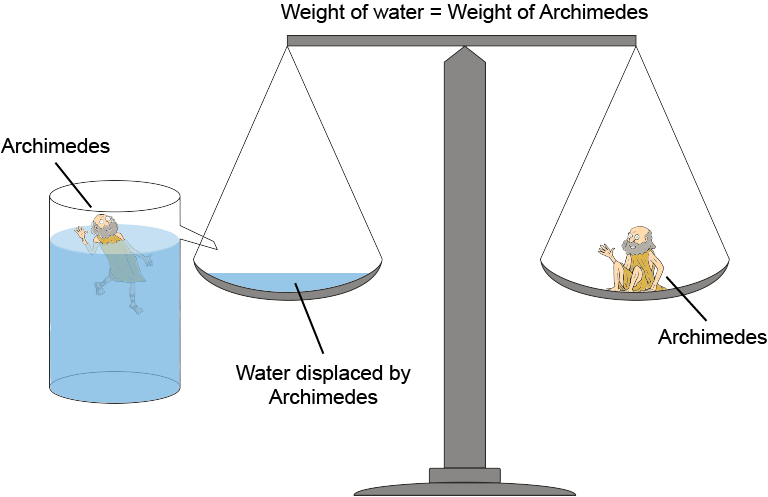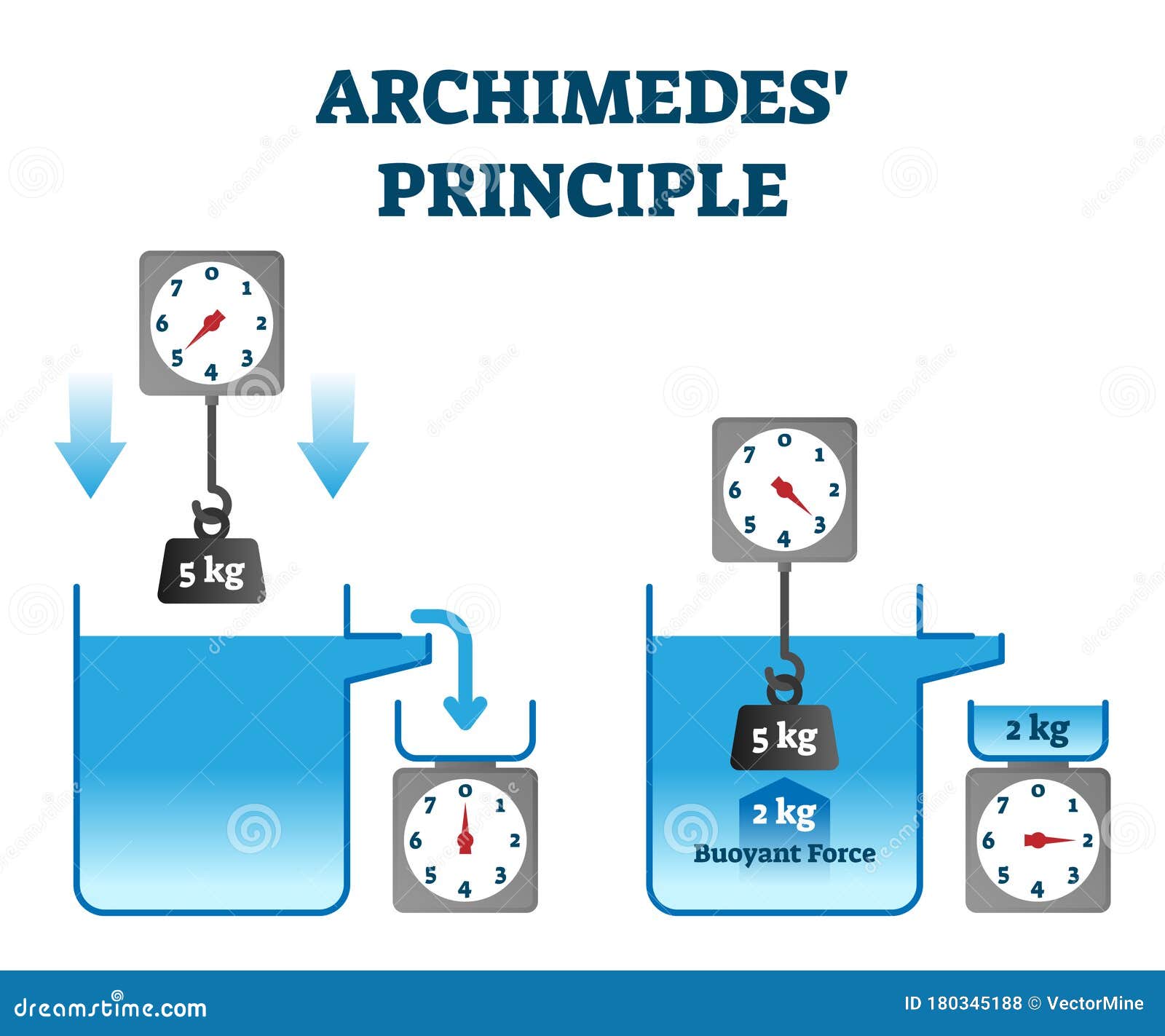

An object whose weight exceeds that of a liquid in which it is submerged tends to sink because there is more force pushing down on it than there is an upward force from the liquid. On the other hand, wood has a density of 0.5 g/cm 3 (1.92 lb/ft3), so it floats in water and experiences buoyancy. Steel, therefore, sinks in water and does not experience buoyancy. If an object’s density is greater than that of water, it sinks if less, it floats.įor example, steel has a density of 7.85 g/cm 3 (0.284 lb/in3) while water has a density of 1 g/cm 3 (1 lb/ft3).

The pressure at which an object will float depends on its density relative to that of water. Cause of Buoyant Forceīuoyancy is caused by a difference in pressure. If you've ever been stuck in quicksand or watched your cat try to get out of bathwater, you've seen Archimedes' principle in action.

This law of buoyancy can be stated as any object completely or partially submerged in a fluid experiences an upward force equal to the weight of the fluid displaced by that object. Archimedes' Principle related to Buoyant ForceĪrchimedes' principle relates to how things float on water. As long as it is less dense than water, it will float on top if it is denser than water (denser), it will sink. The principle allows one to determine whether an object will float or sink in a given situation. It also applies to buoyancy and submersion in liquids other than water (e.g., honey) or gases other than air. The principle explains why boats float and why airplanes can fly. Archimedes' PrincipleĪrchimedes' Principle is a physical law that states that any object fully or partially submerged in a fluid (liquid or gas) at rest is acted upon by an upthrust equal to the weight of the fluid displaced by the object.

If you put that same rock into honey, however, it will float because there is less mass than the volume of honey displaced by that rock. The difference between densities of liquid and solid objects (i.e., relative density).įor example, if you place a rock into the water, it will sink because there is more mass than the volume of water displaced by that rock. The amount of fluid displaced by an object (i.e.,, volume), The magnitude of buoyancy force depends on two factors: Where $\rho$ represents the density of water and g represents acceleration due to gravity. It results from gravity acting on both the mass of water and on its volume thus, it can be expressed mathematically as: It is an upward force exerted on an object when it is fully or partially immersed in a fluid. The boat then floats back up to the surface until it displaces enough seawater again to create an opposing force against gravity. For example, when a boat sinks in water, it displaces enough of the surrounding fluid so that its overall density becomes less than that of seawater. This means that an object with a lot of air in it can float on top of liquid even though its overall weight is greater than that of other objects with less air in them. However, since air is less dense than water, it creates less of an opposing force than the rocks do. If you drop a rock and an inflated balloon into the water at equal depth, both will sink because they have the same weight. The denser a material is, such as lead or gold, the more of an opposing force it has to buoyancy. This upward force on the object is referred to as buoyant force or buoyancy and can be calculated using Archimedes’ principle, which states that the weight of the displaced fluid ( liquid or gas) equals the weight of the volume of that object immersed in it. The fluid can be water, another liquid, or even gas, as long as it cannot penetrate the solid object fully. Buoyancy is the upward force exerted on an object that has been immersed in the fluid.


 0 kommentar(er)
0 kommentar(er)
